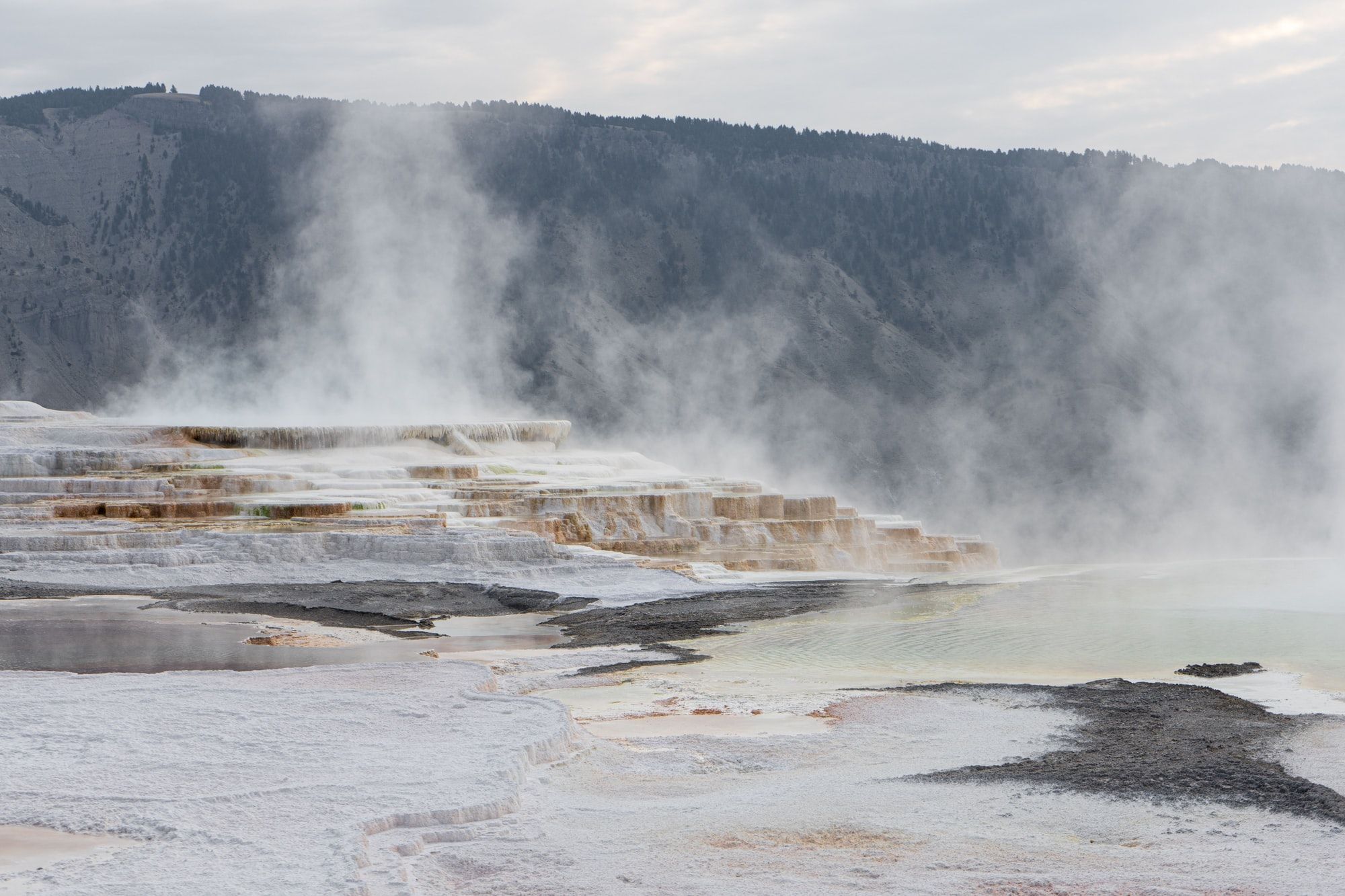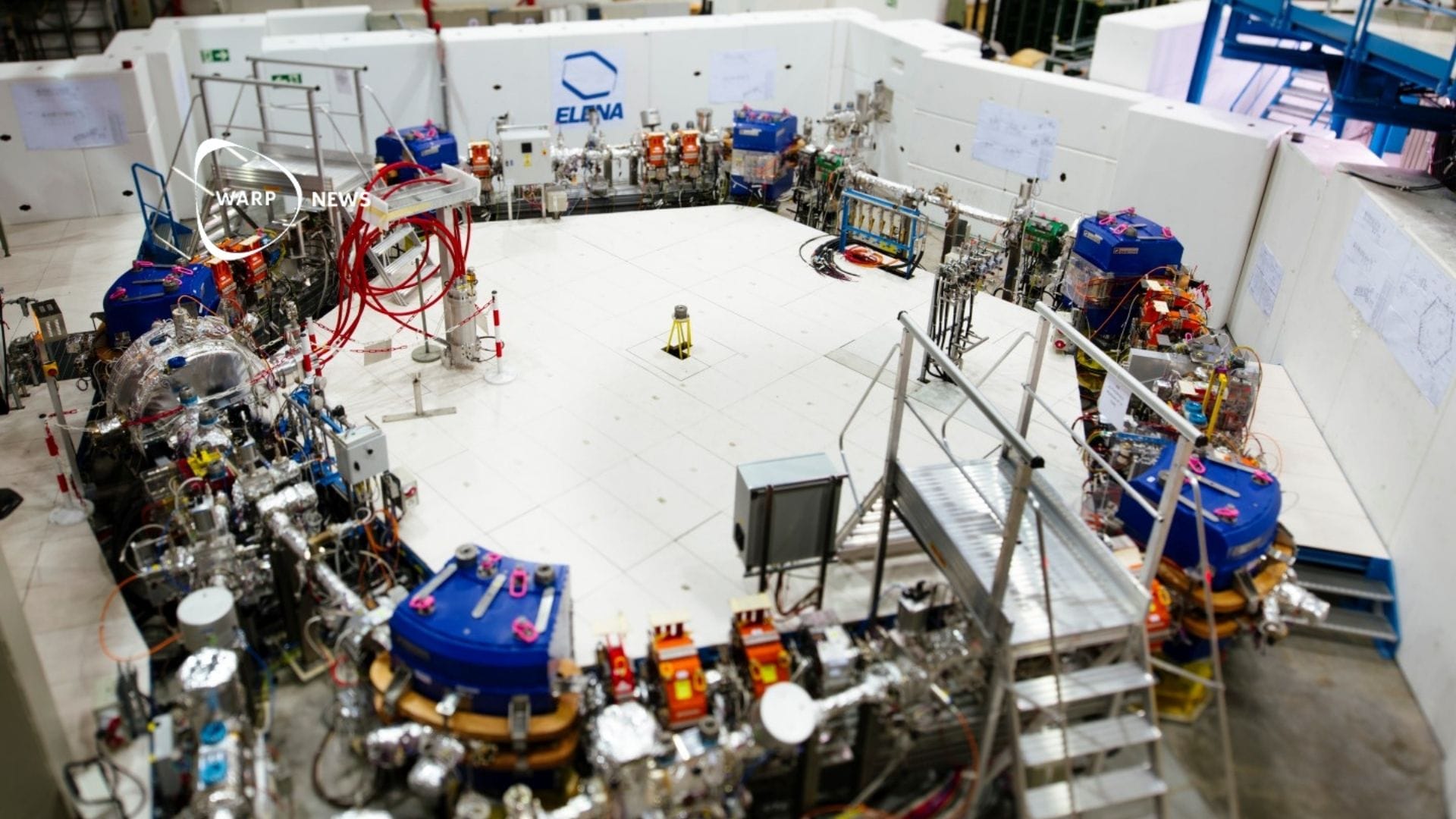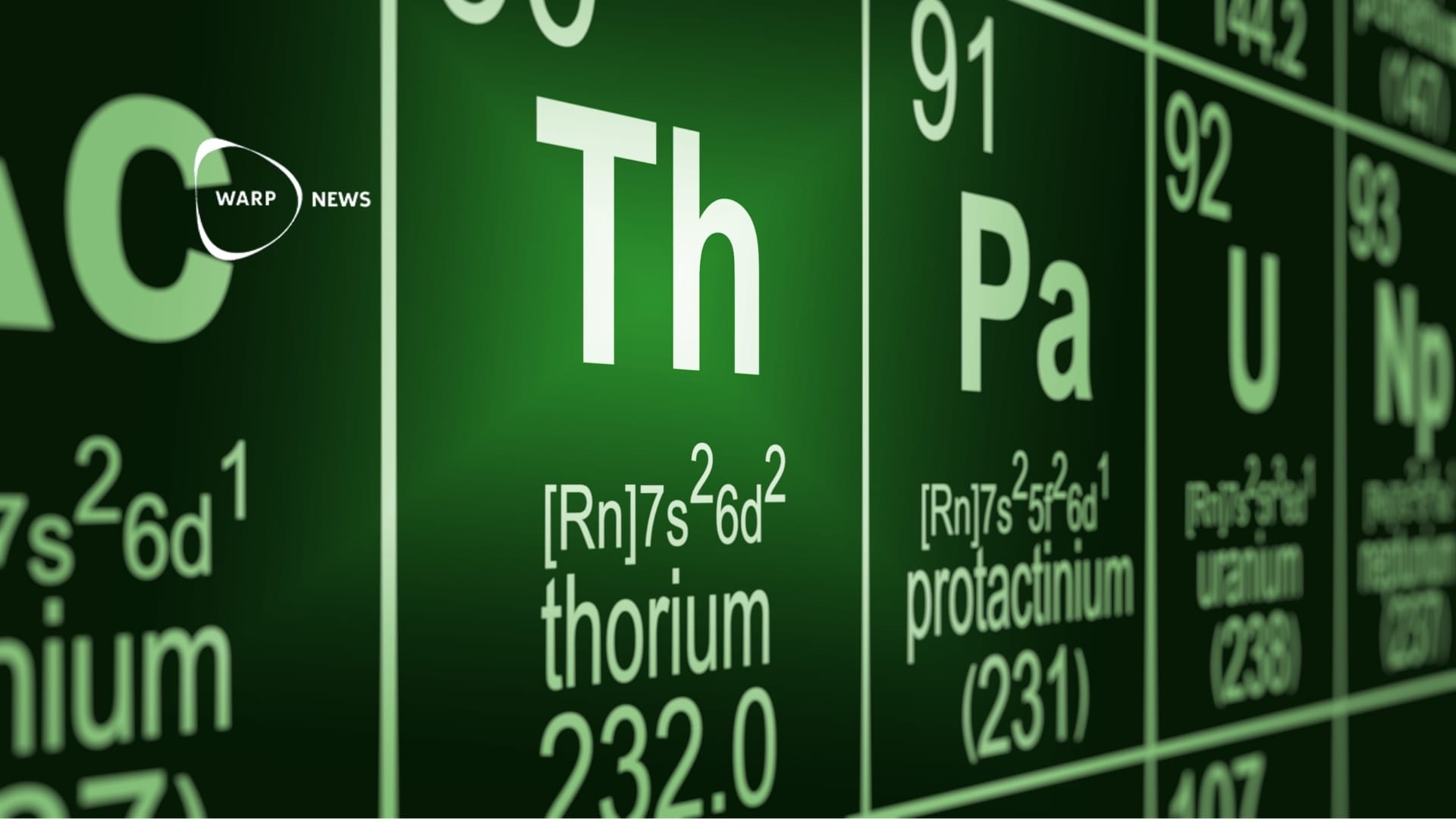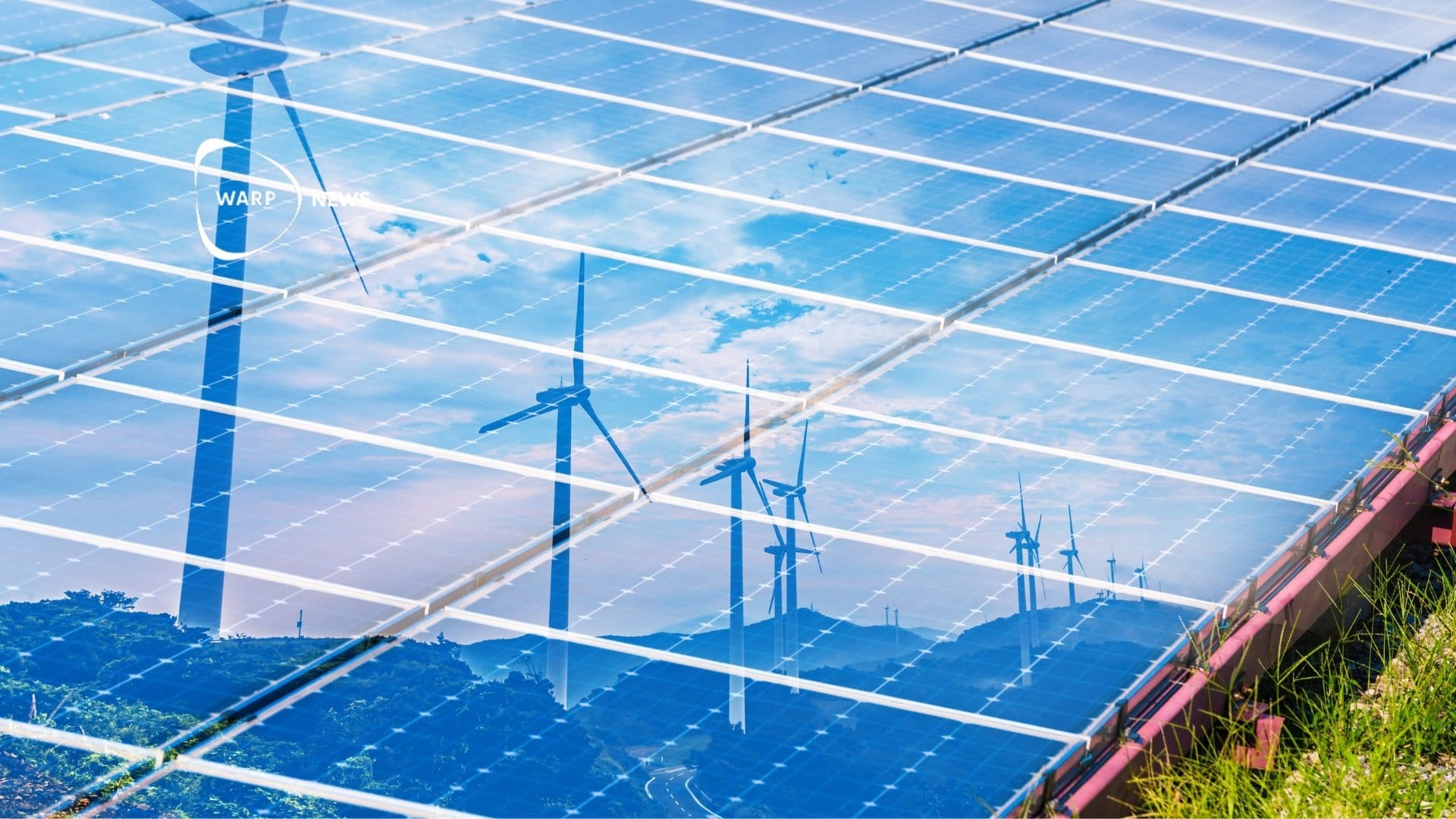
🇮🇸 Iceland’s nature allows for 100% renewable energy
It’s well known that Iceland’s nature and scenery are epic. It’s one of the main reasons people travel there. But the island's majesty isn’t just a sight for sore eyes - it allows the country to use almost 100% renewable energy.
Share this story!
Hot springs, volcanos, geysers and magnificent glaciers and mountains. Iceland is known for its epic nature phenomenon. But besides attracting tourists the island's geography and geology provide almost 100% renewable energy. How come?
Well, Iceland is one of the most active volcanic regions in Europe, which means nearly all types of volcanic and geothermal activity can be found there. Thanks to that, 13% of Iceland electricity comes from geothermal power. Geothermal heat is abundant in most parts of the country, making it possible to use hot water from just below the surface to heat up homes and for energy production.
Inspired by Iceland wrote:
“Icelanders are pioneers in the use of geothermal energy for space heating, with 90% of Icelandic households heated with geothermal water. Clean and affordable hot water is brought directly from boreholes to houses via pipelines. The remaining buildings are heated with electricity from renewable sources.”

Geothermal energy is clean energy and a renewable source with low environmental impact. Some emissions exist, but in one power station called Krafla carbon emissions are reduced by sending carbon, sucked from the air, mixed with brine water into the bedrock. Once the CO2 is in the bedrock, it rapidly turns to minerals. In January 2020 this specific plant had fixed over 50,000 tonnes of CO2.
The remaining 87% of the clean energy comes from hydropower. Iceland’s glaciers and mountains are perfect for hydroelectric generation.
Not only is Iceland using its location on the mid-Atlantic ocean ridge (where the North American and Eurasian plate connects), the country also reduces the carbon dioxide already in the air - making a better future come sooner.
By becoming a premium supporter, you help in the creation and sharing of fact-based optimistic news all over the world.


